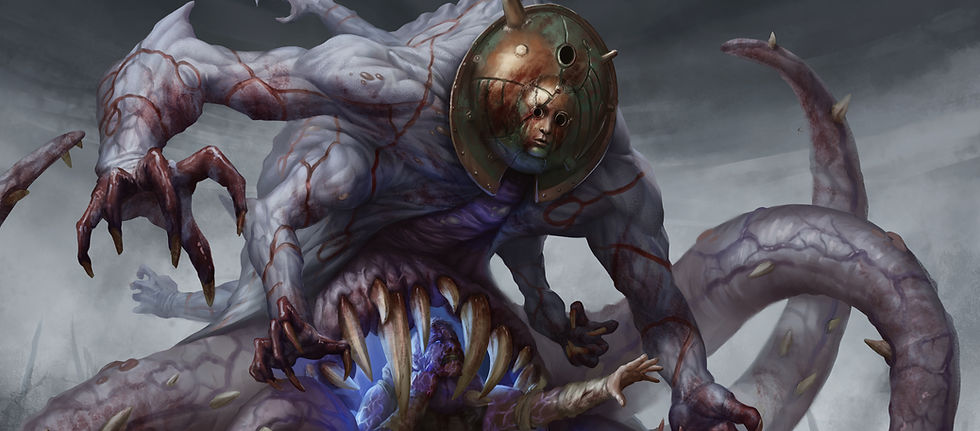Hey, where did my bragging rights go?
- Pettersen L.
- Oct 25, 2021
- 3 min read
Updated: Aug 5

Come here a minute, let’s talk. Should the Souls games have a difficulty setting? No, wait! I’m just kidding. That is not the point of this blog post at all, but it’s a great way to start thinking about difficulty as part of an experience. Gameplay is the defining element of communication that designers have in video games, and difficulty is a central part of it.
From our heated discussions on social media to passionate studies on game flow, it’s somewhat clear to both enthusiasts and developers that challenge plays a great role in how enjoyable a game can be. Game balance, as the name implies, relies on giving proper weight to both challenge and reward in a way that seems fair. This is a fantastic guideline, but it’s easy to see how this notion of fairness can be quite subjective.
Just like hyper-casual games aim to be easy and simple to play, MOBAs, fighting games, or the aforementioned Souls franchise thrive on expecting players to master mechanics and strategies. Taking your core audience into account is part of why balancing is not as much of an exact science as it seems and ends up being a lot more about fine-tuning for the intended design. Nevertheless, any developer would want their games to be played and loved by as many people as possible, and that is why we don't give up on the idea of making our games as inclusive as we can while staying true to our vision.
A somewhat controversial approach to solving this problem is the idea of adaptive difficulty, or, if you like long and boring technical names, Dynamic Game Difficulty Balancing. It usually relies on the algorithm to adjust the challenge based on player performance, but it can come in many forms.

In Resident Evil 4, enemy behavior, damage, and resistance are adjusted based on player performance. The Vita Chambers from Bioshock respawn the player with full health while preserving the damage inflicted on enemies.
While approaches like these may bother some players, my two cents about these systems is that they are just another useful tool for us designers to have in our arsenal. They shouldn't be problematic as long as we understand our audience and are true to the experience we are aiming to provide. I did play around with this approach myself, on my very first game, available on this website.
Long story short, it was my first time programming a game. This was my first term project at college, and I didn't have much knowledge or time to create anything too complex while also working on art, music, and everything else. Students were asked to create an arcade shooter, and as a fan of Ikaruga and Touhou, I decided to go with the bullet hell approach and have some cool boss fights. But the thing about these games is that they are known to be punishing.
After delivering my second build, I realized my teachers were having a bad time progressing through the stage while also having to play the games made by every other student. To try to fix this, I decided to have the Duality Ship display the damage it had taken with the color of its wings, and use those same colors on the projectiles to show that the more damage you took, the more damage you would cause.

I made sure that the player could not get their health back, and instead, the only defensive power-up available would be a shield that could prevent a single hit and that you could stack. This essentially worked as extra lives but preserved the damage from your powered-up cannons in case you got hit.
The cool thing about interactive experiences is that they are participative. Instead of hiding from the players that they were getting some help, I made sure it was evident in the system how it worked, allowing some degree of choice. Some of my friends would intentionally get hit to get that extra firepower before going for power-ups. Others, such as myself, would rather try to go for the higher score since having a full life bar gives you more points for every kill.
While this example from a student game is nowhere near as complex as some of the systems around, it allowed me to realize a simple thing as a fan of challenging games. I'm fine with adaptive difficulty as long as I'm allowed my bragging rights.









You're welcome! And thank you :) Ha, glad you'er having fun with the game! For sure, it's tricky, and a very interesting skill to master. Enjoy!
Really interesting...thanks for sharing Daniel. I like thinking of some of the points you made and trying to apply it to music and making music more interactive in games as well. I like where games have been going, becoming more and more interactive!